
Old Town Edinburgh: A Walk Through History
Discover the magic of Old Town Edinburgh, where medieval history and vibrant culture merge to create a unique and unforgettable experience.
Old Town Edinburgh is a captivating blend of medieval history and vibrant modern culture. As you stroll down the Royal Mile, the main thoroughfare stretching from the majestic Edinburgh Castle to the historic Palace of Holyroodhouse, you'll encounter a tapestry of cobblestone streets, narrow alleys, and centuries-old buildings. Each corner of this UNESCO World Heritage site tells a story, from the haunting tales of Mary King's Close to the scholarly legacy of the University of Edinburgh. The architectural grandeur of St. Giles' Cathedral, with its stunning crown steeple, and the enchanting charm of the Grassmarket, lined with lively pubs and shops, offer a unique glimpse into Edinburgh's rich past. Don't miss the chance to explore the hidden gems tucked away in the closes and wynds—these narrow passageways are brimming with character and history. Old Town is not just about history; it's a hub of cultural activities. The area comes alive during the Edinburgh Festival Fringe, the world’s largest arts festival, drawing performers and visitors from all over the globe. Whether you're a history buff, a culture enthusiast, or simply looking to soak in the atmosphere, Old Town Edinburgh promises an unforgettable experience.
Local tips in Old Town
- Wear comfortable shoes; the cobblestone streets can be uneven and steep.
- Visit early in the morning or late in the evening to avoid crowds, especially during the peak tourist season.
- Take a guided tour to uncover the hidden stories and historical significance of the area.
- Don't miss the views from Calton Hill and Arthur's Seat for stunning panoramas of the city.
- Try local delicacies like haggis at one of the traditional pubs for an authentic taste of Scotland.
Old Town Edinburgh: A Walk Through History
Old Town Edinburgh is a captivating blend of medieval history and vibrant modern culture. As you stroll down the Royal Mile, the main thoroughfare stretching from the majestic Edinburgh Castle to the historic Palace of Holyroodhouse, you'll encounter a tapestry of cobblestone streets, narrow alleys, and centuries-old buildings. Each corner of this UNESCO World Heritage site tells a story, from the haunting tales of Mary King's Close to the scholarly legacy of the University of Edinburgh. The architectural grandeur of St. Giles' Cathedral, with its stunning crown steeple, and the enchanting charm of the Grassmarket, lined with lively pubs and shops, offer a unique glimpse into Edinburgh's rich past. Don't miss the chance to explore the hidden gems tucked away in the closes and wynds—these narrow passageways are brimming with character and history. Old Town is not just about history; it's a hub of cultural activities. The area comes alive during the Edinburgh Festival Fringe, the world’s largest arts festival, drawing performers and visitors from all over the globe. Whether you're a history buff, a culture enthusiast, or simply looking to soak in the atmosphere, Old Town Edinburgh promises an unforgettable experience.
Iconic landmarks you can’t miss
Royal Mile
Discover the Royal Mile, Edinburgh's historic street filled with culture, stunning architecture, and unique shopping experiences.
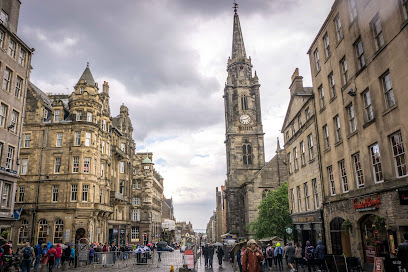
Flodden Wall
Explore the Flodden Wall in Edinburgh, a historical landmark that narrates the city's rich heritage and defensive past.
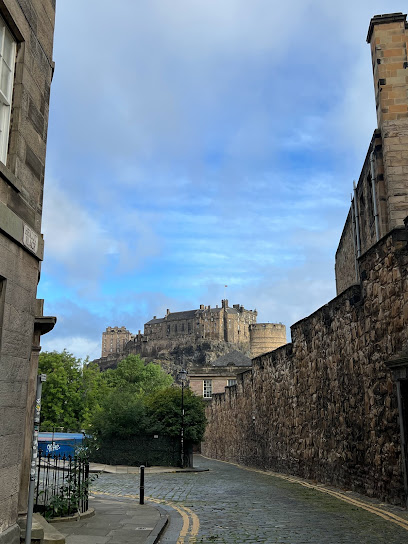
Advocates Close
Explore the historic Advocates Close in Edinburgh, a charming alleyway rich in culture and architectural beauty, perfect for a leisurely stroll.
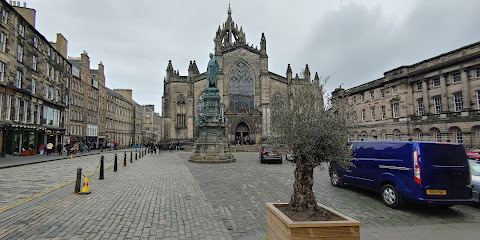
Martyrs of Reform Monument
Explore the Martyrs of Reform Monument in Edinburgh, a striking tribute to the fight for democracy and a key historical landmark in Scotland's capital.
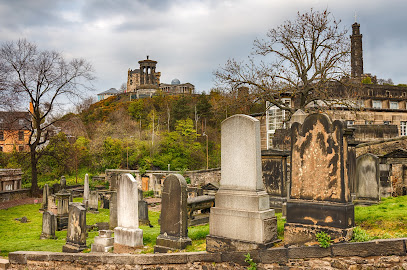
Robert Louis Stevenson Memorial
Discover the Robert Louis Stevenson Memorial in Edinburgh, a serene tribute to the literary genius amidst beautiful gardens and rich Scottish history.
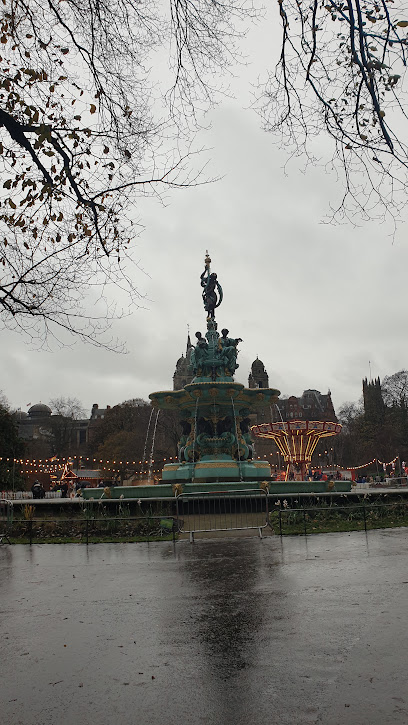
Wellhead at John Knox House
Explore the Wellhead at John Knox House, a historical landmark on Edinburgh's Royal Mile, offering insights into Scotland's rich Reformation history.
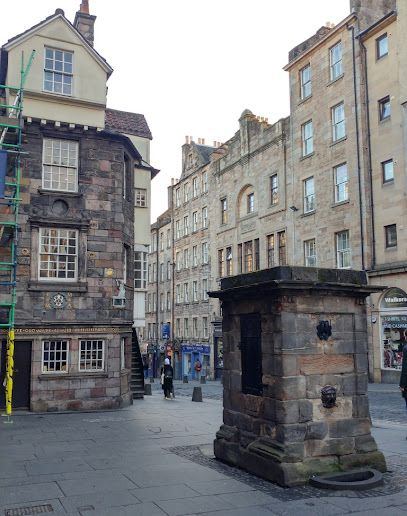
Earl of Hopetoun Statue
Explore the Earl of Hopetoun Statue in Edinburgh's St Andrew Square, a historic landmark reflecting Scotland's rich heritage and vibrant city life.

Lady Stair's Close
Explore the enchanting Lady Stair's Close, a historic Edinburgh landmark filled with charm, stories, and rich Scottish heritage.
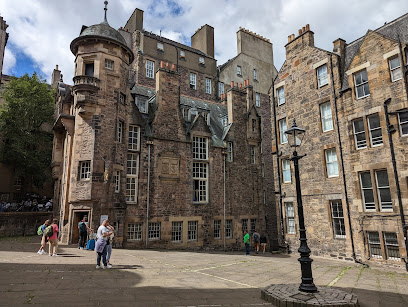
Milne's Court
Discover the rich history and stunning architecture of Milne's Court, a must-visit landmark in Edinburgh's Old Town for every traveler.
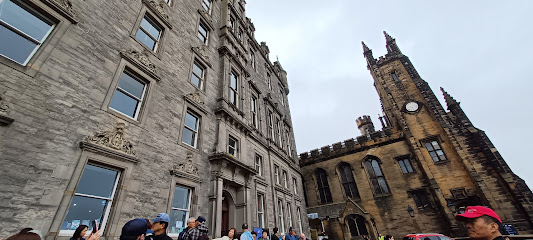
The High Street Wellhead
Discover the rich history of Edinburgh at The High Street Wellhead, a captivating landmark that showcases the city's architectural heritage.
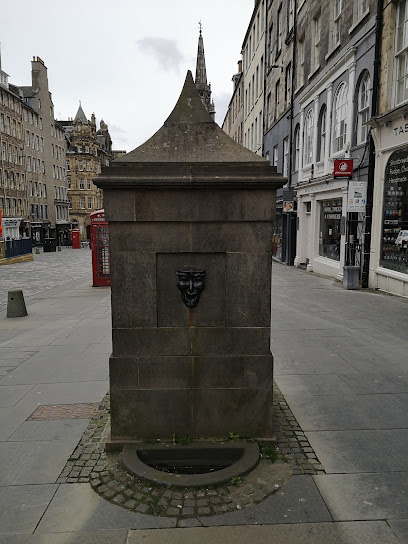
Unmissable attractions to see
The Writers' Museum
Discover the rich literary heritage of Scotland at The Writers' Museum in Edinburgh, showcasing the lives of its iconic authors and their timeless works.

Advocates Close
Explore the historic Advocates Close in Edinburgh, a charming alleyway filled with unique shops, stunning architecture, and rich Scottish heritage.
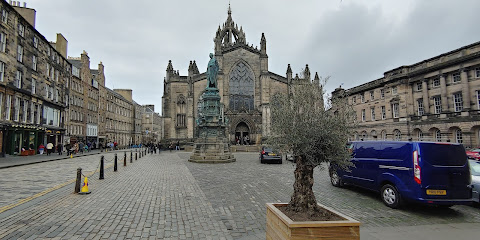
Essential places to dine
The Devil's Advocate
Discover The Devil's Advocate in Edinburgh: A gastropub offering exquisite local cuisine and an extensive selection of fine whiskies.

The Witchery by the Castle
Discover luxury dining and accommodation at The Witchery by the Castle, where Scottish heritage meets exquisite culinary artistry.
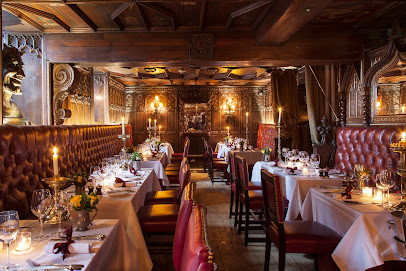
Howies Restaurant
Experience authentic Scottish cuisine at Howies Restaurant in Edinburgh - where tradition meets modern dining.

The Piper's Rest
Discover authentic Scottish dining at The Piper's Rest - where tradition meets modern comfort in Edinburgh.
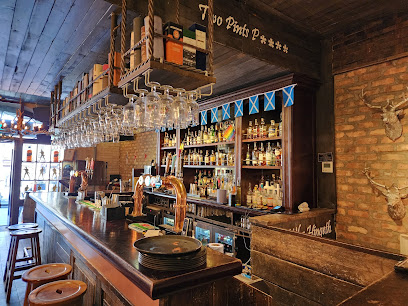
Angels with Bagpipes
Indulge in modern Scottish cuisine at Angels with Bagpipes - where tradition meets innovation in the heart of Edinburgh.
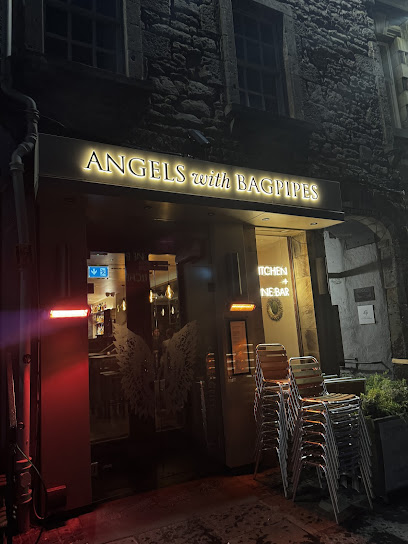
Monteiths
Experience the best of British cuisine at Monteiths in Edinburgh – where tradition meets innovation in every delicious bite.
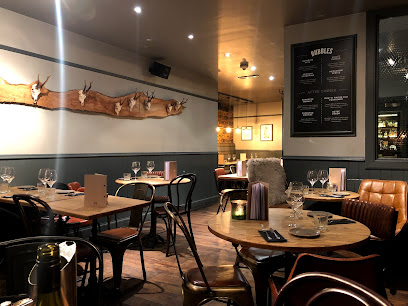
The Cellar Door
Experience the best of Scottish cuisine at The Cellar Door - where tradition meets modernity in the heart of Edinburgh.
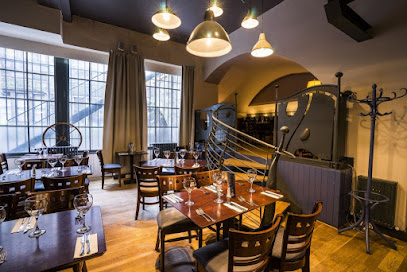
Wedgwood The Restaurant
Discover the finest Scottish cuisine at Wedgwood The Restaurant in Edinburgh - where tradition meets innovation in every exquisite dish.
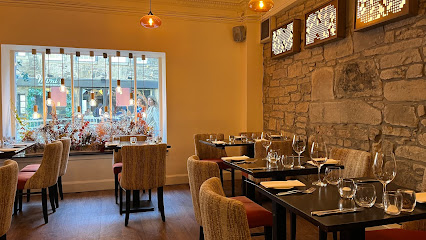
Under The Stairs
Experience authentic Scottish cuisine and vibrant nightlife at Under The Stairs—Edinburgh's hidden dining gem.
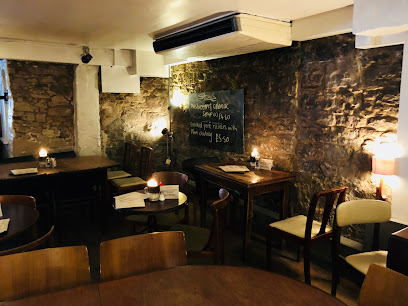
Divino Enoteca Italian Restaurant & Wine Bar
Experience authentic Italian cuisine at Divino Enoteca in Edinburgh - where every dish tells a story.
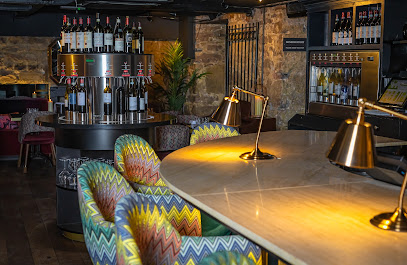
Markets, malls and hidden boutiques
Armstrongs Vintage
Discover unique vintage clothing treasures at Armstrongs Vintage in Edinburgh's historic Grassmarket, where every piece has a story to tell.

The Wyrd Shop
Discover unique magical gifts and enchanting souvenirs at The Wyrd Shop in Edinburgh's historic Canongate.
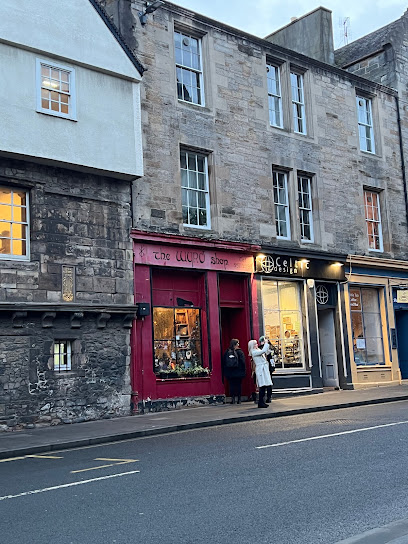
One World Shop
Discover ethically sourced gifts and unique crafts at One World Shop, Edinburgh's premier destination for fair trade shopping.
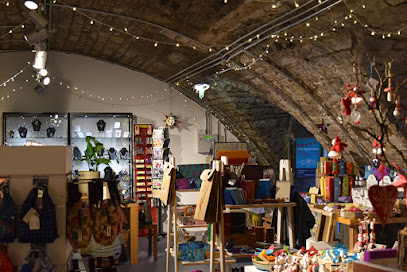
The Enchanted Galaxy
Explore The Enchanted Galaxy in Edinburgh, a whimsical gift shop filled with collectibles, toys, and souvenirs that capture the spirit of Scotland.
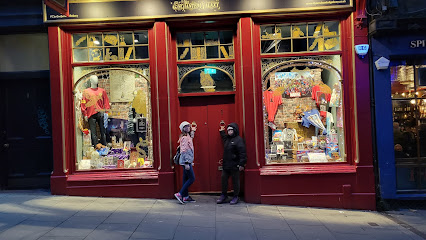
Heritage of Scotland
Discover authentic Scottish gifts at Heritage of Scotland, your premier destination for kilts, fashion accessories, and cultural souvenirs in Edinburgh.

The Scotland Shop
Discover authentic Scottish gifts and clothing at The Scotland Shop in Edinburgh, your destination for traditional kilts, homewares, and souvenirs.
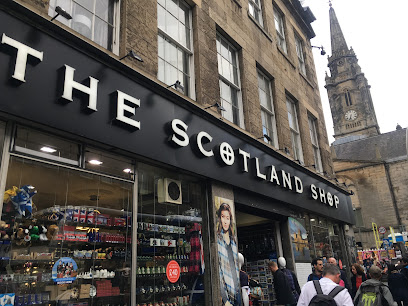
Scottish Experience
Explore a unique gift shop in the heart of Edinburgh, offering Scottish souvenirs and magical Harry Potter merchandise.
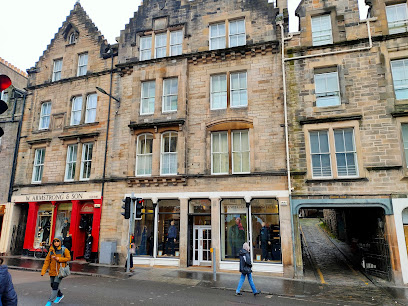
Heritage of Edinburgh
Discover authentic Scottish gifts, fashion, and souvenirs at Heritage of Edinburgh, where tradition meets contemporary style in the heart of the city.
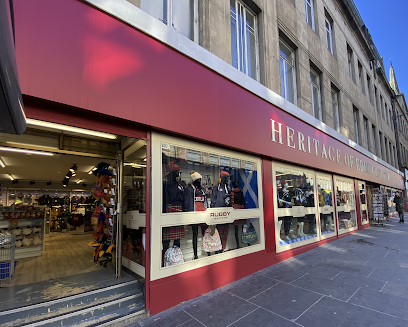
Heritage Clearance Store
Discover the essence of Scotland at the Heritage Clearance Store, where unique souvenirs and traditional gifts await every traveler.

Crest Of Edinburgh
Discover Scotland's rich heritage at Crest of Edinburgh, where unique gifts, clothing, and accessories await in the heart of the city.
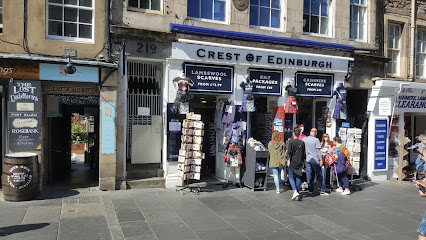
Essential bars & hidden hideouts
Deacon Brodies Tavern
Discover Deacon Brodies Tavern, a historic pub on Edinburgh's Royal Mile offering traditional Scottish cuisine and a vibrant atmosphere.
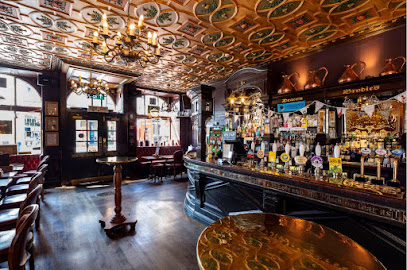
The World's End
Discover the charm of The World's End pub on the Royal Mile, where history meets hearty Scottish cuisine and local brews in Edinburgh.
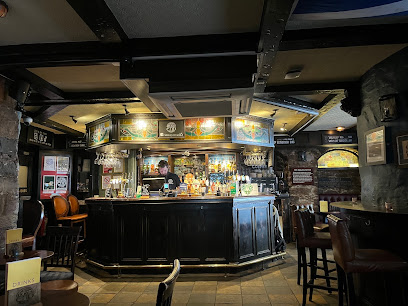
Frankenstein
Discover Edinburgh's Gothic gem, Frankenstein - a pub that blends history, vibrant nightlife, and unique decor for an unforgettable experience.
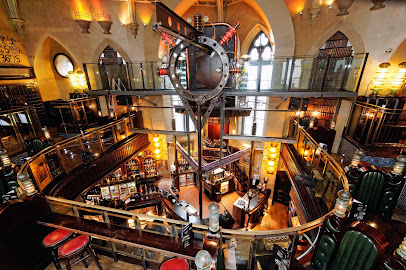
The Devil's Advocate
Discover a unique blend of traditional Scottish dishes and modern gastropub charm at The Devil's Advocate in the heart of Edinburgh.
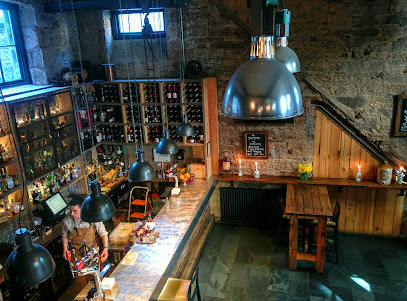
Whiski Bar & Restaurant
Immerse yourself in Scottish culture at Whiski Bar & Restaurant, where traditional cuisine meets an extensive whisky selection and live music.
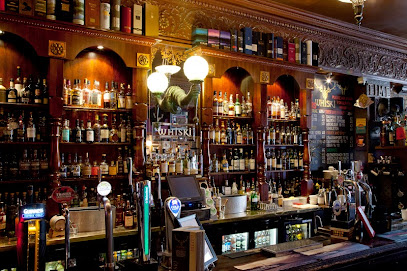
Whiski Rooms
Experience the spirit of Scotland at Whiski Rooms, where exceptional whisky meets authentic Scottish cuisine in the heart of Edinburgh.
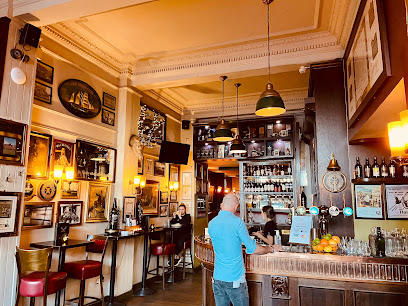
The Voodoo Rooms
Experience the vibrant culinary scene of Edinburgh at The Voodoo Rooms, a gastropub with live music, cocktails, and a unique atmosphere.
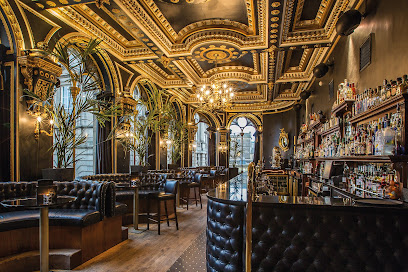
The Alchemist
Experience the magic of mixology at The Alchemist, Edinburgh's premier cocktail bar offering innovative drinks and a vibrant atmosphere.
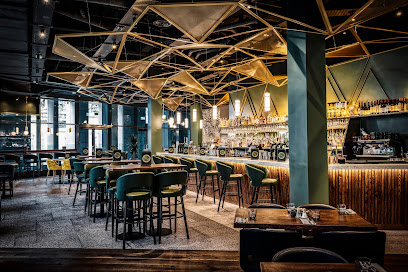
Monteiths
Discover Monteiths in Edinburgh, a lively bar and restaurant offering delicious British cuisine and world-class cocktails in a vibrant atmosphere.
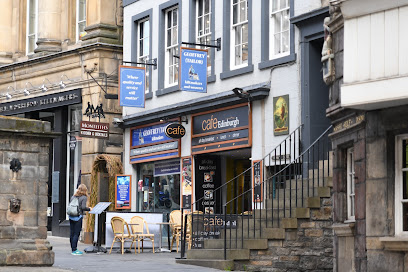
Copper Still
Copper Still in Edinburgh: Experience modern British cuisine and exquisite cocktails in a vibrant atmosphere.

Local Phrases
-
- HelloAlright
[al-ryt] - GoodbyeTa-ra
[ta-rah] - YesAye
[aye] - NoNah
[nah] - Please/You're welcomeTa
[ta] - Thank youCheers
[cheers] - Excuse me/SorryPardon
[par-dn] - How are you?Alright?
[al-ryt] - Fine. And you?Not bad. And you?
[not bad. and you?] - Do you speak English?Can you talk English?
[kan yu talk ing-glish] - I don't understandI ain't got a scooby
[i aint got a scooby]
- HelloAlright
-
- I'd like to see the menu, pleaseCan I have a butchers at the menu, please
[kan i hav a butch-ers at the menu, please] - I don't eat meatI don't touch flesh
[i dont tuch flesh] - Cheers!Cheers!
[cheers!] - I would like to pay, pleaseI'll settle up, please
[il set-l up, please]
- I'd like to see the menu, pleaseCan I have a butchers at the menu, please
-
- Help!Help!
[help!] - Go away!Sod off!
[sod off] - Call the Police!Ring the Bill
[ring the bill] - Call a doctor!Ring for a quack
[ring for a kwak] - I'm lostI'm all over the place
[im all over the place] - I'm illI'm feeling poorly
[im feeling poorly]
- Help!Help!
-
- I'd like to buy...I'm after...
[im aft-er] - I'm just lookingI'm just having a gander
[im just hav-ing a gan-der] - How much is it?How much is that?
[how much is that] - That's too expensiveThat's a bit dear
[that's a bit dear] - Can you lower the price?Can you do it for a bit less?
[kan yu do it for a bit less]
- I'd like to buy...I'm after...
-
- What time is it?What's the time?
[whats the time] - It's one o'clockIt's one
[its one] - Half past (10)Half ten
[half ten] - MorningMornin
[morn-in] - AfternoonAfternoon
[after-noon] - EveningEvening
[even-ing] - YesterdayYest'day
[yest-day] - TodayToday
[to-day] - TomorrowTomorrer
[tom-or-er] - 1One
[one] - 2Two
[two] - 3Three
[three] - 4Four
[four] - 5Five
[five] - 6Six
[six] - 7Seven
[seven] - 8Eight
[eight] - 9Nine
[nine] - 10Ten
[ten]
- What time is it?What's the time?
-
- Where's a/the...?Where's the...?
[wheres the] - What's the address?What's the addy?
[whats the addy] - Can you show me (on the map)?Can you point me right?
[kan yu point me ryt] - When's the next (bus)?When's the next 'un?
[whens the next un] - A ticket (to ....)A ticket (to ....)
[a ticket (to)]
- Where's a/the...?Where's the...?
History of Old Town
-
Edinburgh's Old Town traces its origins back to the 12th century when King David I established a burgh on Castle Rock. The layout of the Old Town, characterized by its narrow alleys and high-rise buildings, reflects the medieval urban planning style typical of the time. The Royal Mile, which runs through the heart of the Old Town, has served as a vital thoroughfare connecting Edinburgh Castle and the Palace of Holyroodhouse.
-
The Old Town was a significant center during the Scottish Reformation in the 16th century. Key events unfolded in St. Giles' Cathedral, where John Knox, a leading figure of the Reformation, preached. This period witnessed the establishment of Protestantism in Scotland, leading to profound changes in religious practices and the socio-political landscape of the country.
-
The 18th century brought about the Enclosure Movement, which led to an increase in population and a surge of new construction within the Old Town. As the city expanded, the Old Town became increasingly crowded, resulting in the construction of multi-story tenements to accommodate the growing populace. This dense urban environment contributed to a unique community culture, with a blend of social classes living in close proximity.
-
The late 17th and 18th centuries marked the Scottish Enlightenment, a period of intellectual and cultural flourishing. The Old Town was home to numerous philosophers, writers, and scientists, including David Hume and Adam Smith, who shaped modern thought. The influence of this era can still be seen in the city's architecture and educational institutions, particularly the University of Edinburgh, which is located in the vicinity.
-
The Industrial Revolution in the 19th century brought significant changes to the Old Town. While it spurred economic growth, it also led to overcrowding and poor living conditions for many working-class residents. The city faced numerous social challenges, including health crises and poverty, which prompted reforms and the eventual development of the New Town as a response to the difficulties faced in the Old Town.
-
In the 20th century, efforts to preserve the historical character of the Old Town gained momentum. The area was designated a UNESCO World Heritage Site in 1995, recognizing its outstanding universal value. Restoration projects and cultural initiatives have since aimed to celebrate the Old Town's rich history while adapting it for modern use, ensuring that its stories and heritage continue to be shared with future generations.
Old Town Essentials
-
Old Town is easily accessible from other neighborhoods in Edinburgh. If you're coming from the city center, it's a short walk to the south. For those arriving by train, Waverley Station is located adjacent to Old Town. Buses from various parts of the city also stop nearby, with Lothian Buses serving routes to and from Old Town. If you're coming from Edinburgh Airport, the Airlink 100 bus provides a direct route to Waverley Bridge, just a short distance from Old Town.
-
Old Town is best explored on foot due to its narrow streets and historic architecture. Public transport options include buses operated by Lothian Buses, which are frequent and cover key areas. For a unique experience, consider hiring a bicycle from one of the local rental shops. Taxis are also available and can be hailed on the street or booked via apps. The Old Town is compact, and many attractions are within walking distance, making it convenient for tourists.
-
Old Town is generally safe for tourists, but standard precautions should be taken. Avoid poorly lit areas at night, especially around the Cowgate and parts of the Grassmarket, which can be less populated. Keep your belongings secure in crowded places like the Royal Mile, where pickpocketing can occur. Always stay aware of your surroundings and trust your instincts when exploring.
-
In case of an emergency, dial 999 for police, fire, or medical assistance. The nearest hospital is the Royal Infirmary of Edinburgh. It's advisable to have travel insurance that covers medical emergencies. For minor health issues, local pharmacies are available throughout Old Town. Always carry a copy of your passport and any important documents in case of emergencies.
-
Fashion: Do wear comfortable shoes for walking; Old Town's cobblestone streets can be uneven. Don't wear overly casual attire when dining in nicer establishments. Religion: Do be respectful when visiting churches and cathedrals; covering shoulders and knees is recommended. Public Transport: Do be courteous and offer your seat to those in need. Don't eat or drink on public transport. Greetings: Do greet locals with a smile and 'hello'. Don't interrupt when someone is speaking, as it's seen as disrespectful. Eating & Drinking: Do try local dishes and enjoy a whisky tasting. Don't waste food; it's considered impolite to leave large amounts uneaten.
-
To experience Old Town like a local, visit the many hidden alleys and closes that reveal the area’s history. Engage in local events or festivals that may be happening during your visit, such as the Edinburgh Festival Fringe. For authentic dining, seek out pubs frequented by locals rather than tourist traps. Consider joining a guided walking tour to learn more about the history and culture of the area from knowledgeable guides.
Nearby Cities to Old Town
-
Things To Do in Stirling
-
Things To Do in Dundee
-
Things To Do in Glasgow
-
Things To Do in Newcastle upon Tyne
-
Things To Do in Aberdeen
-
Things To Do in Durham
-
Things To Do in Inverness
-
Things To Do in Ramsey
-
Things To Do in Kirk Michael
-
Things To Do in Laxey
-
Things To Do in Onchan
-
Things To Do in Peel
-
Things To Do in Douglas
-
Things To Do in Ballasalla
-
Things To Do in Castletown













